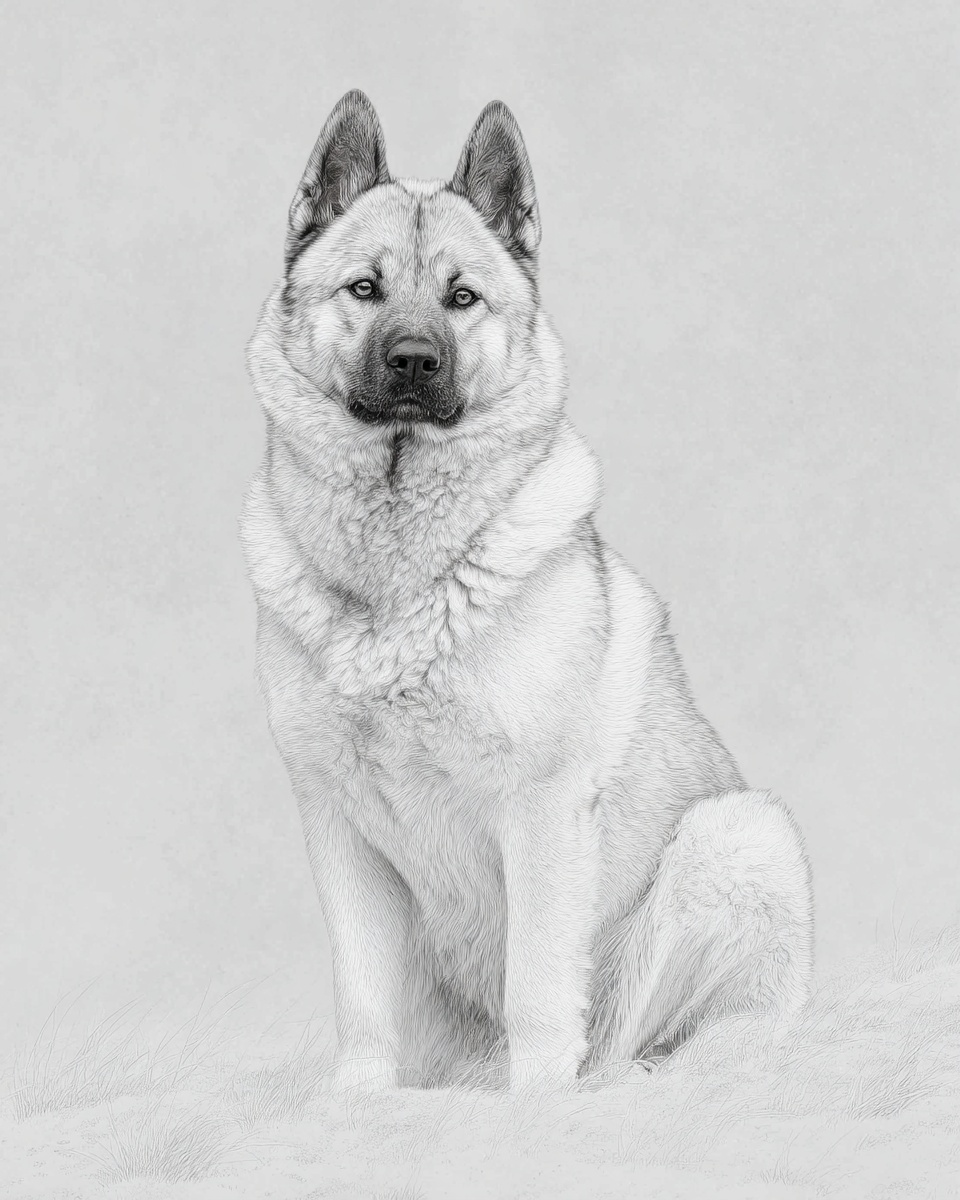Norwegian Buhund

Description
The Norwegian Buhund is a sturdy, medium-sized dog with roots tracing back to Viking times. Originally bred to herd sheep and guard homesteads in Norway’s rugged terrain, this breed carries a proud history. They weigh between 26 and 40 pounds and come in two main colors: wheaten and black, often marked with white patches or a black mask. Their medium-length double coat shields them from harsh weather. This breed thrives on being part of a busy household. They’re alert but quiet, barking only when necessary. Norwegian Buhunds are friendly with kids and eager to work, making them excellent companions for active families who can keep their minds and bodies busy.
Grooming
The Norwegian Buhund’s double coat needs regular care to stay in top shape. Brush three times a week to remove loose hair and prevent mats. During spring and fall, when shedding peaks, use an undercoat rake and blow-dry to clear dead fur more thoroughly. Bathing every 4 to 6 weeks helps keep the coat clean without stripping natural oils. - Brush 3× weekly, more in heavy shed seasons - Use undercoat rake to remove dead fur - Bathe every 4–6 weeks, blow-dry for best results - Check white markings for dirt and clean gently - Trim nails and clean ears regularly Pro tip: Blow-drying after baths not only dries the coat faster but also helps lift loose undercoat, reducing shedding around the house.
Learn the Double routine:
→ Complete Double Grooming Guide
Walking
Norwegian Buhunds need about 85 minutes of walking daily, split into two sessions. One walk in the morning and another in the evening works well. These walks should include some brisk pace to burn off energy and opportunities to sniff and explore. Try mixing in short training drills or recall games during walks to keep their sharp minds engaged. This breed enjoys varied routes and new smells. Example routine: - Morning: 40-minute brisk walk with obedience practice - Evening: 45-minute relaxed stroll with sniff breaks and playtime
Boarding
When boarding a Norwegian Buhund, provide a crate sized between 36 and 42 inches to ensure comfort. They appreciate having a secure den but also need space to stretch and move. Staff should plan two active play sessions daily, combining fetch or tug with scent or brain games to keep them mentally and physically stimulated. These dogs thrive on interaction and routine. Supervisors should note their moderate barking and watch for signs of boredom. Offering puzzle toys and regular walks helps prevent restlessness. This breed’s friendly nature makes them easy to handle but they do best with consistent, hands-on care.